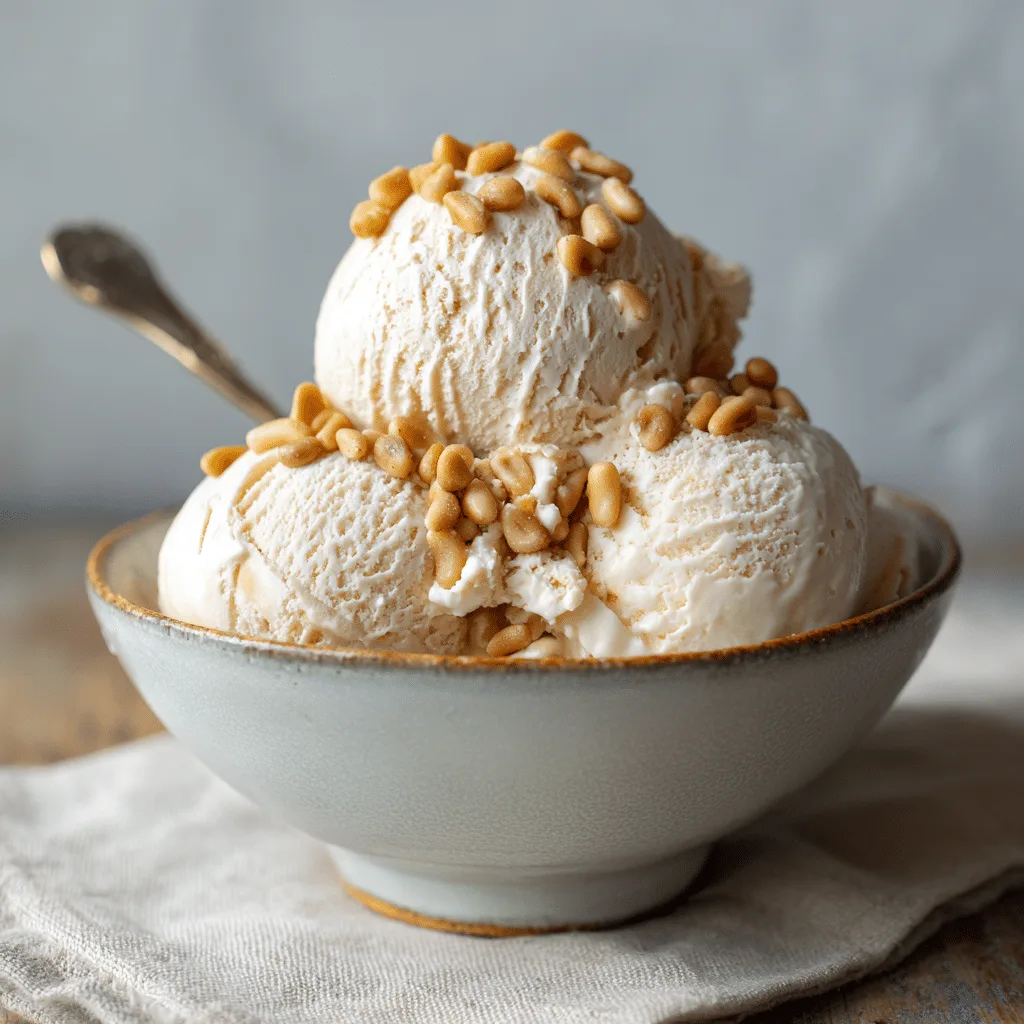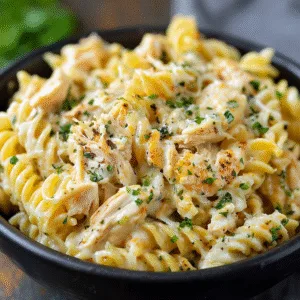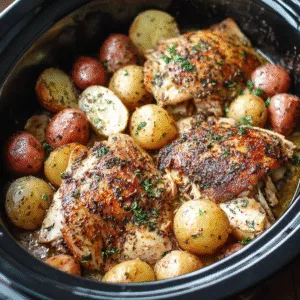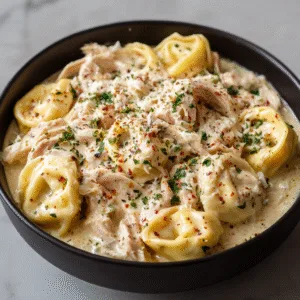Piñon ice cream recipe fans, meet your next obsession. This rich, nutty Southwestern treat blends roasted pine nuts into ultra-creamy ice cream for a flavor that’s both unexpected and unforgettable. Ready to make it from scratch? Let’s dive in.
Table of Contents
Table of Contents
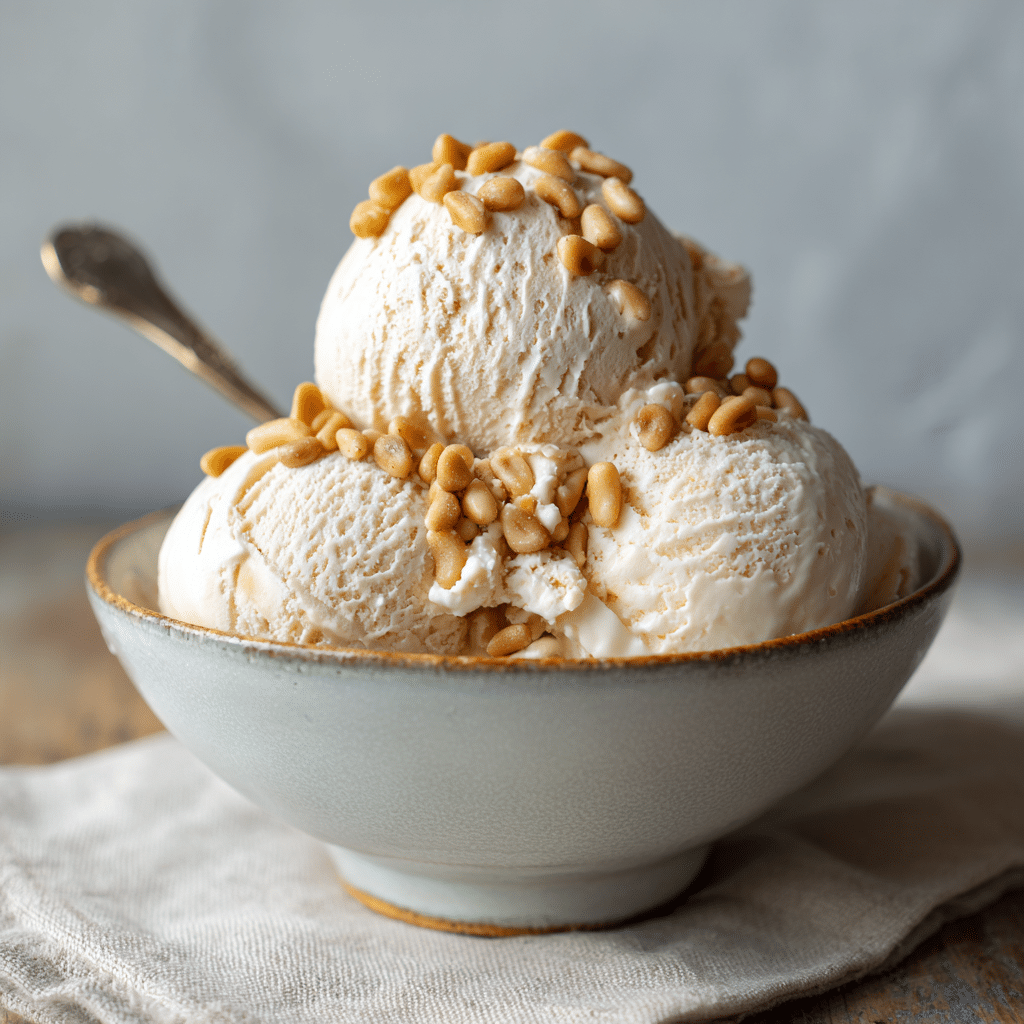
Discovering the Roots of Piñon Ice Cream
Bringing Piñon Ice Cream Into My Southern Kitchen
I still remember the first time I tasted piñon ice cream. It wasn’t in my North Carolina kitchen, but at a roadside shop on a family road trip through New Mexico. The sun was setting behind the mesas, and I was balancing a melting scoop in a sugar cone while watching my kids chase lizards. That creamy, toasty pine nut flavor was so surprising—completely different from anything I’d ever made at home.
Once we got back, I couldn’t get it out of my head. I started tinkering in my kitchen, toasting piñon nuts and experimenting with base recipes. There were a few flops at first (including one unfortunate batch that came out tasting like woodchips), but I finally cracked the code: gentle toasting, a touch of honey, and slow-churned cream.
Piñon ice cream quickly became a staple at our summer cookouts—especially alongside dishes like my Strawberry Matcha Ice Cream or when I serve my Salt and Caramel Ice Cream as a side.
Why Piñon Is More Than Just a Nut
Piñon nuts, harvested primarily in the American Southwest, have been part of Indigenous cuisine for centuries. They carry a rich, almost buttery flavor that pairs beautifully with both sweet and savory dishes. What makes them special is their seasonal availability and deep cultural ties—each batch is like a taste of the land itself.
Incorporating piñon into a dessert like ice cream isn’t just about flavor. It’s about honoring tradition and creating something that feels rooted, earthy, and soulful. Just like how I twist old-school recipes into something new (like this cinnamon roll focaccia), piñon ice cream is my love letter to both heritage and creativity in the kitchen.
Print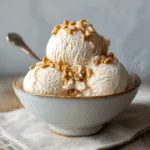
Piñon Ice Cream Recipe – 1 Unique Flavor You’ll Love
- Total Time: 4 hours 30 minutes
- Yield: 6 servings 1x
- Diet: Vegetarian
Description
This piñon ice cream recipe delivers a rich, creamy dessert infused with the nutty, buttery flavor of roasted Southwestern pine nuts. It’s a unique frozen treat with deep cultural roots, perfect for pairing with baked goods or serving on its own.
Ingredients
- ¾ cup roasted piñon nuts (plus extra for topping)
- 2 cups heavy cream
- 1 cup whole milk
- ⅔ cup granulated sugar
- 4 large egg yolks
- 1 tablespoon honey
- Pinch of salt
Instructions
- Toast piñon nuts in a dry skillet over low heat until fragrant. Let cool, then grind most of them.
- In a saucepan, combine cream, milk, and sugar. Warm over medium heat until sugar dissolves.
- In a bowl, whisk egg yolks. Slowly add hot cream mixture while whisking to temper the eggs.
- Return everything to the saucepan and cook until the custard coats the back of a spoon.
- Stir in ground piñon and steep for 30 minutes. Strain the mixture through a fine mesh sieve.
- Add honey and salt. Cover and chill in the fridge for at least 4 hours or overnight.
- Churn in an ice cream maker until soft-serve consistency forms.
- Transfer to container, swirl in extra piñon nuts, cover with parchment, and freeze for 4+ hours.
- Scoop and serve with a drizzle of honey or roasted nut topping.
Notes
Use only authentic piñon nuts for best flavor.
Chill the custard overnight for extra creaminess.
Don’t skip straining—it ensures a silky texture.
Make ahead and store in portion cups for easy serving.
- Prep Time: 15 minutes
- Cook Time: 15 minutes
- Category: Dessert
- Method: Churned
- Cuisine: Southwestern
Nutrition
- Serving Size: ½ cup
- Calories: 280
- Sugar: 17g
- Sodium: 55mg
- Fat: 22g
- Saturated Fat: 13g
- Unsaturated Fat: 8g
- Trans Fat: 0g
- Carbohydrates: 20g
- Fiber: 1g
- Protein: 4g
- Cholesterol: 145mg
Piñon Ice Cream Recipe Ingredients & Prep Essentials
The Key Ingredients for Creamy Piñon Ice Cream
To make a piñon ice cream recipe that’s as luxurious as it is memorable, you’ll want to start with the freshest ingredients you can find. The star of the show is, of course, the piñon nut—roasted until golden and fragrant. Don’t substitute with generic pine nuts; true piñon nuts from the Southwest offer a rich, buttery depth that can’t be matched.
You’ll also need heavy cream, whole milk, sugar, egg yolks, honey (just a touch), and a pinch of salt. For best results, I recommend using organic dairy products. And if you’re into clean eating, this recipe pairs beautifully with sides like my pink salt diet recipe for a naturally balanced meal.
Here’s a simple ingredient breakdown:
| Ingredient | Amount |
|---|---|
| Roasted piñon nuts | ¾ cup (plus extra for topping) |
| Heavy cream | 2 cups |
| Whole milk | 1 cup |
| Granulated sugar | ⅔ cup |
| Egg yolks | 4 large |
| Honey | 1 tablespoon |
| Salt | Pinch |
Prep Tips to Get the Texture Just Right
Start by toasting your piñon nuts in a dry skillet over low heat. Stir often—once they release their aroma, they’re ready. Let them cool, then grind most of them to infuse into the custard base. This step is where flavor magic happens.
You’ll heat the milk, cream, and sugar, then slowly temper in the egg yolks to form a thick custard. Add the ground nuts, steep for 30 minutes, then strain and chill before churning. For the creamiest texture, let the mixture refrigerate overnight. If you’re new to custards, check out my easy meals section for tips on temperature control and consistency.
Piñon ice cream isn’t fast food—it’s slow-made comfort. But trust me, every chilled, toasty-sweet bite is worth the effort. You can even serve it after savory mains like this crock pot corned beef and potatoes for a full comfort-food experience.
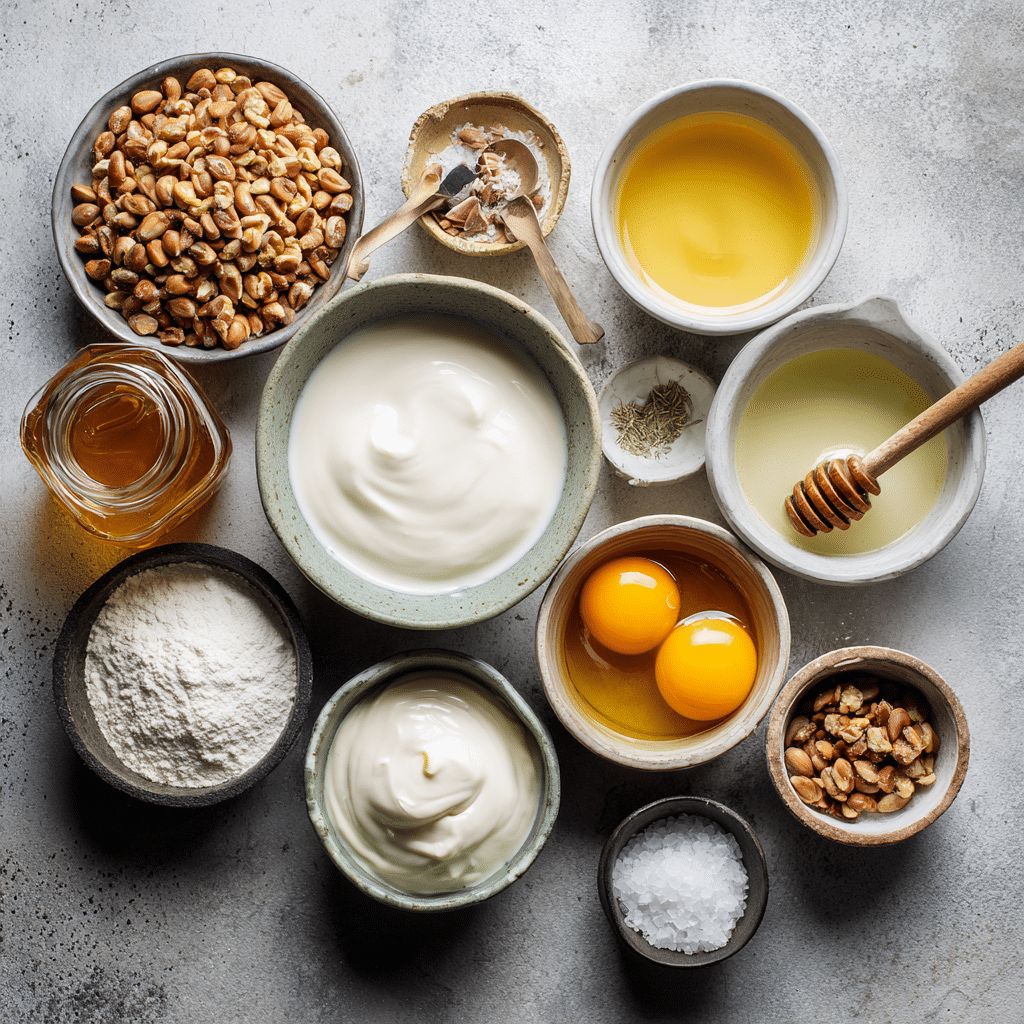
Step-by-Step – How to Make Piñon Ice Cream
Start with a Rich, Flavorful Custard Base
To create the best piñon ice cream recipe, begin by building your custard base. In a medium saucepan, combine 2 cups of heavy cream, 1 cup of whole milk, and ⅔ cup of sugar. Warm the mixture over medium heat, stirring occasionally until the sugar fully dissolves. Meanwhile, whisk 4 large egg yolks in a separate bowl until pale and slightly thickened.
Now comes the key part: tempering. Slowly ladle about ½ cup of the hot cream mixture into the yolks while whisking constantly. Once tempered, pour the yolk mixture back into the pot and cook gently until the custard thickens enough to coat the back of a spoon.
Stir in your ground, toasted piñon nuts (reserving a bit for topping later), and let the mixture steep for 30 minutes off the heat. Then strain it through a fine-mesh sieve to remove solids and ensure a silky texture. This creamy custard will become the luxurious base that sets this piñon ice cream apart.
Chill, Churn, and Freeze to Creamy Perfection
After straining, stir in 1 tablespoon of honey and a pinch of salt. Cover and refrigerate the custard for at least 4 hours, or preferably overnight, to allow the flavors to deepen. Once chilled, pour the custard into your ice cream maker and churn according to the manufacturer’s instructions. The mixture should thicken to a soft-serve consistency in about 20–25 minutes.
Once churned, transfer the ice cream to a freezer-safe container. Swirl in extra chopped piñon nuts for crunch and cover with parchment or plastic wrap before sealing. Freeze for at least 4 hours until firm.
If you love smooth frozen desserts, don’t miss my banana bread latte—it’s another cool twist on traditional flavors. And for more savory-to-sweet inspiration, visit our dessert collection, filled with seasonal, small-batch favorites.
What Makes Piñon Ice Cream So Special
A Flavor Like No Other in the Ice Cream World
When you take your first bite of homemade piñon ice cream, it doesn’t taste like anything else. It’s rich but not overwhelming, nutty but never bitter, and the flavor lingers in a way that feels both comforting and luxurious. Piñon has this natural sweetness and earthiness that transforms into something magical once it’s toasted and folded into cream.
Unlike bold add-ins like chocolate chunks or caramel swirls, piñon brings subtlety and balance. It’s the kind of ice cream you can enjoy slowly—spoon by spoon—without tiring of the taste. That’s what makes this piñon ice cream recipe a favorite for those who want something deeply satisfying, yet refreshingly different.
And let’s not forget texture. A touch of honey adds smoothness and depth, while the ground nuts give it body. If you’ve ever made a recipe for anchovy pasta and appreciated the background complexity anchovies bring, piñon plays a similar quiet, powerful role in dessert.
The Cultural and Emotional Value of Piñon
For many, piñon isn’t just an ingredient—it’s a memory. In Indigenous and Southwestern communities, these nuts are hand-harvested, roasted, and enjoyed as a seasonal treasure. That connection to the land gives piñon ice cream emotional weight. You’re not just making dessert—you’re participating in a story that goes back generations.
That’s why this ice cream feels like more than a recipe. It’s a celebration of place, tradition, and creativity. Just like my protein pasta salad bridges nutrition and comfort, this dessert blends heritage and flavor into a single frozen scoop. You can serve it at family dinners, seasonal celebrations, or even as a quiet self-care treat.
Homemade piñon ice cream honors simplicity while tasting like something rare and remarkable. That’s what makes it truly special.
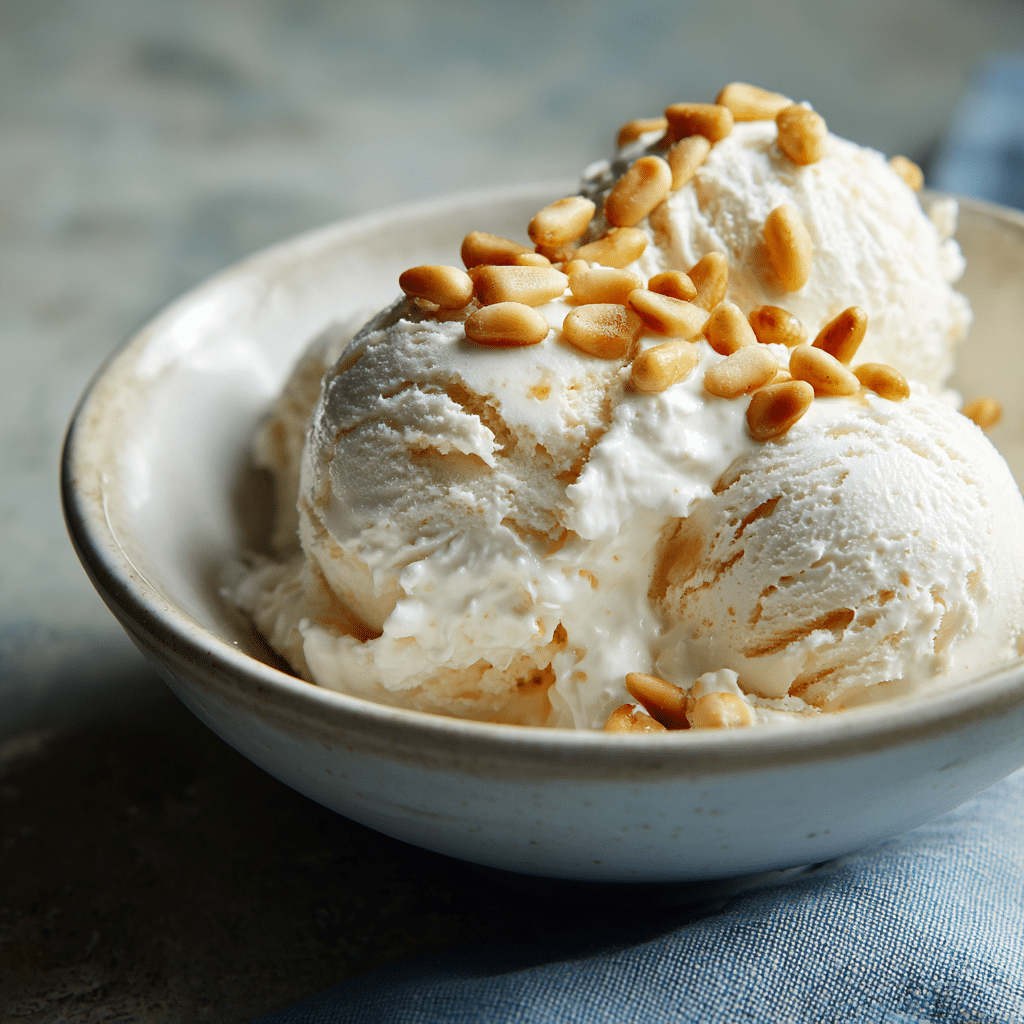
Piñon Ice Cream Pairings & Serving Ideas
What to Serve With Piñon Ice Cream for a Full Flavor Experience
The beauty of a piñon ice cream recipe is how flexible it can be. It pairs effortlessly with both classic and bold flavors, which makes it perfect for creative plating or casual scooping.
For a warm-and-cool dessert contrast, try serving a scoop on top of skillet cornbread, or alongside a slice of my cinnamon roll focaccia. The sweet yeastiness and cinnamon swirls complement the creamy, nutty notes of the ice cream without overpowering them.
If you’re hosting a summer cookout or holiday gathering, a chilled scoop of piñon ice cream pairs beautifully with crock pot corned beef and potatoes. The savory richness of the beef contrasts perfectly with the cold, sweet finish of dessert.
Looking for a more refined presentation? Drizzle your scoop with a bit of warm honey and a sprinkle of flaky sea salt. You can also serve it with roasted stone fruits, poached pears, or even a spoonful of jam—apricot and fig work especially well. Piñon’s subtle richness can support bolder pairings without losing its delicate edge.
How to Present Piñon Ice Cream Like a Pro
Presentation doesn’t have to be fancy—but a few thoughtful touches make it feel special. Serve piñon ice cream in small glass dessert bowls or even espresso cups for a minimalist touch. Top with whole roasted piñon nuts or a thin shard of honeycomb for added elegance.
Want something playful? Try sandwiching the ice cream between thin cookies for a nutty twist on the classic ice cream sandwich. For a Southwest flair, serve it in mini waffle tacos with a dusting of cinnamon sugar.
Explore even more serving ideas from our cooking style and dessert categories—perfect inspiration for pairing this unique frozen treat with everything from hearty meals to sweet endings.
Storage Tips & Make-Ahead Options
How to Store Piñon Ice Cream for Peak Freshness
Once your piñon ice cream is churned and frozen, keeping it creamy and scoopable takes just a little care. Store it in a shallow, airtight container to prevent ice crystals and freezer burn. Press parchment or wax paper directly onto the surface before sealing with a lid—this keeps air out and helps maintain that silky texture.
Homemade ice cream is best enjoyed within 7–10 days for ideal flavor and consistency. If it becomes too firm, let it sit at room temperature for 5–10 minutes before scooping. Unlike store-bought kinds with additives, this all-natural piñon ice cream recipe freezes a little harder but rewards you with bold, fresh flavor.
For longer storage, consider smaller, portion-sized containers. This method reduces exposure to air each time you open the container—great if you’re serving dessert over several days or prepping for a future event.
Make-Ahead Tips That Save You Time
Planning ahead? You can prepare your custard base up to 3 days in advance and keep it in the fridge before churning. In fact, letting it rest overnight deepens the flavor as the toasted piñon and honey infuse fully into the mixture.
Once frozen, the ice cream holds beautifully for small-batch entertaining. Pair it with crowd-pleasers from our easy meals section or serve it as a sweet ending to a seafood feast like this squid ink pasta calamari recipe. It’s also fantastic made a day ahead for birthdays, picnics, or potlucks.
If you want to get really festive, pre-scoop the ice cream into individual ramekins or cups, garnish with roasted nuts, and refreeze them covered. It’s a simple trick that makes serving a breeze—especially when entertaining.
The result? A make-ahead dessert that feels gourmet without the last-minute kitchen scramble.
Common Mistakes & How to Fix Them
Avoiding Grainy or Icy Texture in Your Piñon Ice Cream
One of the most common issues with a homemade piñon ice cream recipe is ending up with a grainy or icy texture. This usually happens when the custard isn’t cooked properly or if the mixture isn’t chilled long enough before churning. To prevent this, always cook your custard slowly over medium heat and stir constantly—don’t let it boil.
Another key step? Chill the base thoroughly. Four hours is the minimum, but overnight is best. A well-chilled base churns smoother and freezes with fewer crystals. If you skip this, even the best ingredients can’t save the final result.
Also, never skip straining your mixture. Straining removes nut particles and curdled egg bits, creating a smoother texture. Just like how attention to texture elevates a dish like my pasta squid ink recipe, small steps here make all the difference in dessert success.
Balancing the Flavor So Piñon Doesn’t Overwhelm
While piñon’s bold, buttery profile is what makes it unique, too much can quickly overpower the ice cream. If you grind the nuts too fine or use too large a quantity, the flavor may become bitter or overly resinous.
The fix? Toast the piñon gently and use no more than ¾ cup in the base. Always taste after steeping. If the flavor feels strong, strain sooner. You can also add a little extra honey or a splash of vanilla to mellow it out.
Another misstep: skipping the salt. Even a tiny pinch enhances the nutty notes and balances sweetness. Think of it the same way you’d season a seafood squid ink pasta recipe—a little goes a long way toward flavor harmony.
With these fixes in mind, even first-timers can nail this luxurious frozen treat with confidence.
Nutrition, Substitutions & Dietary Swaps
Understanding What’s in Your Piñon Ice Cream
A typical batch of homemade piñon ice cream offers indulgence in every spoonful, thanks to its rich cream and egg yolks. While it’s not designed to be “light,” knowing what’s inside can help you enjoy it mindfully.
Here’s an approximate nutrition breakdown per serving (½ cup):
| Nutrient | Amount |
|---|---|
| Calories | 270–300 |
| Fat | 22g |
| Saturated Fat | 13g |
| Carbohydrates | 20g |
| Sugar | 17g |
| Protein | 4g |
While it’s a treat, it also delivers healthy fats from piñon nuts and protein from egg yolks—making it a more nourishing dessert choice compared to many store-bought alternatives.
Smart Substitutions for Different Diets
Need a dairy-free version of this piñon ice cream recipe? Swap the heavy cream and milk with full-fat coconut milk or a mix of cashew cream and almond milk. You’ll still get that luscious texture with a slight tropical twist. Use maple syrup in place of honey to make it fully vegan.
For a low-sugar version, opt for monk fruit sweetener or erythritol. You can also use date syrup for a more natural alternative. If you’re skipping eggs, try a cornstarch-thickened base, like you’d see in many Italian-style gelatos.
Nut allergy? While piñon is technically a seed, it can trigger nut sensitivities. Sub sunflower seeds or use oat milk as a neutral, creamy base instead. While the flavor will shift, the result is still unique and satisfying.
Recipes like this ice cream show just how flexible scratch-made desserts can be—just like how I adapt my corned beef in crock pot recipe or spin creative takes on pasta like this squid ink pasta calamari recipe.
FAQ – Piñon Ice Cream Recipe
1. What does piñon ice cream taste like?
Piñon ice cream has a rich, buttery flavor with earthy, slightly sweet undertones. The toasted piñon nuts bring out a deep nuttiness that’s smoother than almonds or walnuts, giving the ice cream a luxurious and balanced taste.
2. Can I make piñon ice cream without an ice cream maker?
Yes, you can make piñon ice cream without a machine. After preparing the custard and chilling it, pour it into a freezer-safe container. Stir every 30–45 minutes for 3–4 hours to break up ice crystals. The texture won’t be quite as creamy, but it still turns out delicious.
3. Where can I buy piñon nuts for ice cream?
You can find authentic piñon nuts online, at specialty Southwestern markets, or in stores that carry Indigenous foods. Look for New Mexico piñon, not generic pine nuts, for the best flavor in your piñon ice cream recipe.
4. Are there any substitutes for piñon nuts in this recipe?
If you can’t find piñon nuts, lightly toasted cashews or macadamia nuts are good backups. They mimic the creamy, mild richness of piñon. However, the signature flavor will differ—true piñon brings a one-of-a-kind taste to this dessert.

